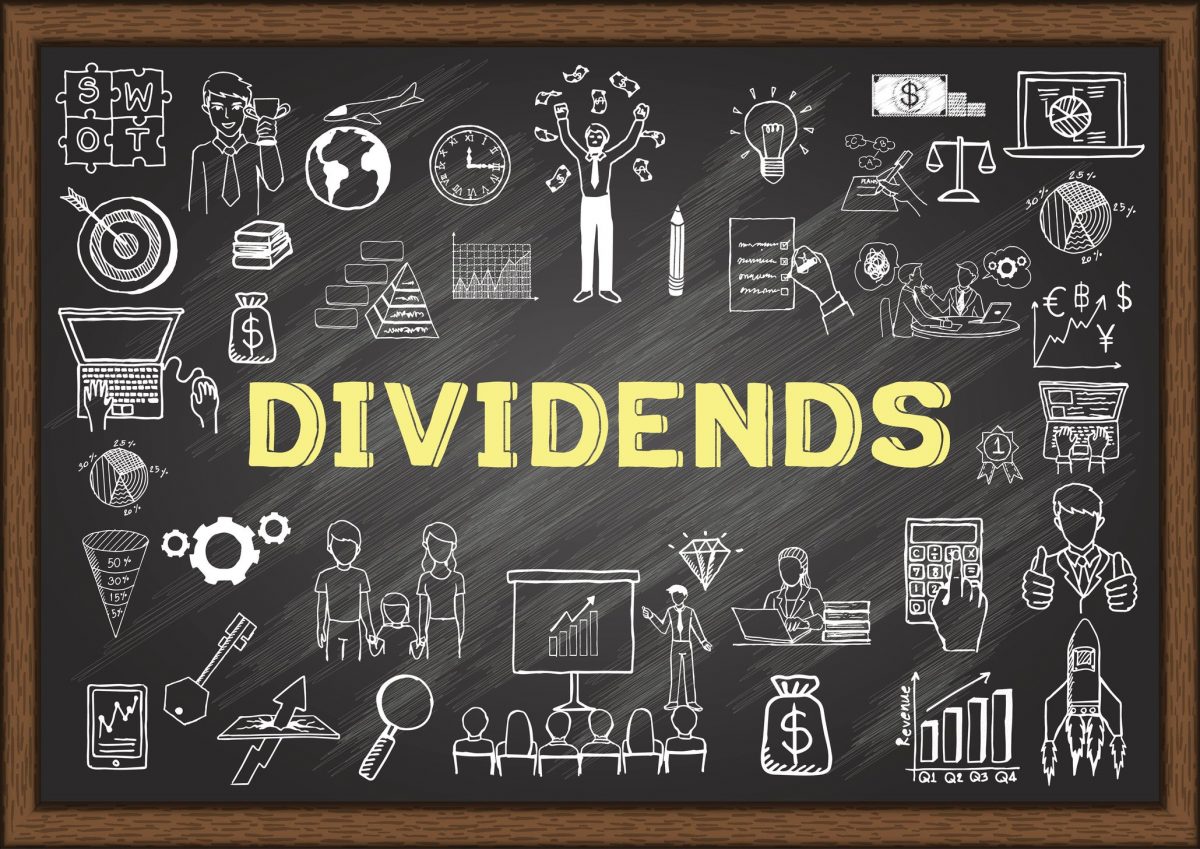Business Strategy and Outlook:
Twilio is a cloud-based communication-platform-as-a-service, or CPaaS, company offering communication application programming interfaces, or APIs, and prebuilt solution applications aimed at improving customer engagement. Through these APIs, Twilio’s platform allows developers to integrate messaging, voice, and video functionality into business applications. We believe narrow-moat Twilio has a long growth runway ahead as it continues to make strategic organic and inorganic investments to expand its platform.
In a go-to-market model that focuses on empowering developers to utilize the APIs to build products in a highly customized fashion, Twilio has been able to expand into use-cases that would be difficult to penetrate otherwise. For widely sought-after use-cases, Twilio has developed solution applications, like Flex Contact Center, which combine various channel APIs into a unified interface to create use-case-specific solutions.
Financial Strength:
Twilio is in a healthy financial position. Revenue is growing rapidly, and the company is beginning to scale, while the balance sheet is in good shape. As of December 2021, the company had cash and short-term investments of $5.4 billion and a debt balance of $985.9 million. In March 2021, Twilio issued $1.0 billion of senior notes, consisting of $500 million of 3.625% notes due 2029, and $500 million of 3.875% notes due 2031. In June 2021, the company redeemed its prior convertible notes, due March 2023, in their entirety. Since raising approximately $150 million in its IPO in 2016, Twilio has completed several secondary offerings, recently announcing a $1.8 billion offering of its Class. A common stock in 2021.Twilio has yet to achieve GAAP profitability, as the company remains focused on reinvesting excess returns back into the company, both on an organic and inorganic basis, to build out the platform and enhance future growth prospects. Twilio does not pay a dividend, nor repurchase stock, and for a young company in a relatively nascent industry, we find it appropriate that the company focuses capital allocation on reinvestments for growth.
Bulls Say:
- The addition of SI partnerships and solution APIs should lead to increasing success in winning enterprise customers, which not only offer a greater lifetime value for a proportionally smaller acquisition cost, but also tend to be stickier customers.
- Twilio has stellar user retention metrics, with churn consistently below 5% and net dollar retention north of 130% in recent years.
- As Twilio focuses on developing more solution APIs and growth shifts from usage-based messaging to SaaS-like priced solutions, there should be a natural uptick in both gross margins and recurring revenue.
Company Profile:
Twilio is a cloud-based communication platform-as-a-service company offering communication application programming interfaces, or APIs, and prebuilt solution applications aimed at improving customer engagement. Through these APIs, Twilio’s platform allows software developers to integrate messaging, voice, and video functionality into new or existing business applications. The company leverages its Super Network, Twilio’s global network of carrier relationships, to facilitate high speed cost-optimized global messaging and voice-based communications.
(Source: Morningstar)
General Advice Warning
Any advice/ information provided is general in nature only and does not take into account the personal financial situation, objectives or needs of any particular person.









